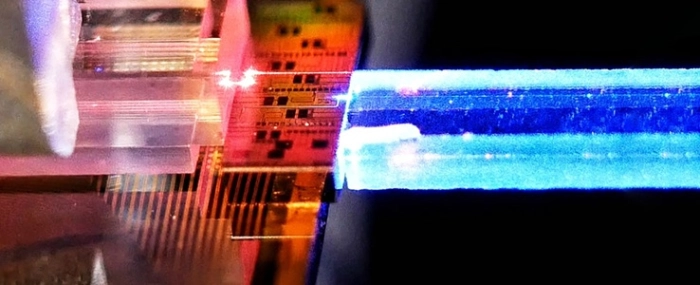
RIT, University of Rochester develop experimental quantum communications network
In a new paper published in Optica Quantum, scientists described the Rochester Quantum Network (RoQNET), which uses single photons to transmit information about 11 miles along fiber-optic lines at room temperature using optical wavelengths.
Researchers at Rochester Institute of Technology (RIT) and University of Rochester recently connected their campuses with an experimental quantum communications network using two optical fibers.
In a new paper published in Optica Quantum, scientists described the Rochester Quantum Network (RoQNET), which uses single photons to transmit information about 11 miles along fiber-optic lines at room temperature using optical wavelengths, according to a post on the RIT website.
Quantum communications networks have the potential to massively improve the security with which information is transmitted, making messages impossible to clone or intercept without detection. Quantum communication works with quantum bits, or qubits, that can be physically created using atoms, superconductors, and even in defects in materials like diamond. However, photons (individual particles of light) are the best type of qubit for long distance quantum communications, the post said.
The new paper published in Optica Quantum is focused on making quantum communication between different types of qubits in a network a reality.
“Photons move at the speed of light and their wide range of wavelengths enable communication with different types of qubits,” said Stefan Preble, professor in the Kate Gleason College of Engineering. “Our focus is on distributed quantum entanglement, and RoQNET is a test bed for doing that.”
Ultimately, the researchers want to connect RoQNET to other research facilities across New York state at Brookhaven National Lab, Stony Brook University, Air Force Research Laboratory, and New York University, the post said.
“This is an exciting step creating quantum networks that would protect communications and empower new approaches to distributed computing and imaging,” said Nickolas Vamivakas, the Marie C. Wilson and Joseph C. Wilson Professor of Optical Physics, who led the University of Rochester’s efforts. “While other groups have developed experimental quantum networks, RoQNET is unique in its use of integrated quantum photonic chips for quantum light generation and solid-state based quantum memory nodes.”



